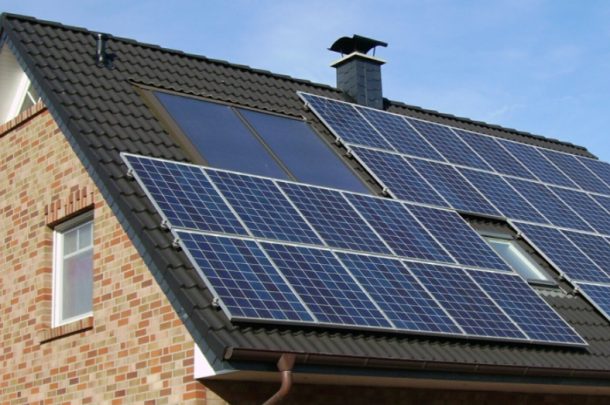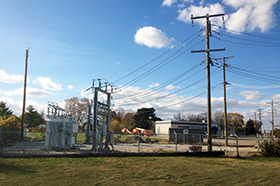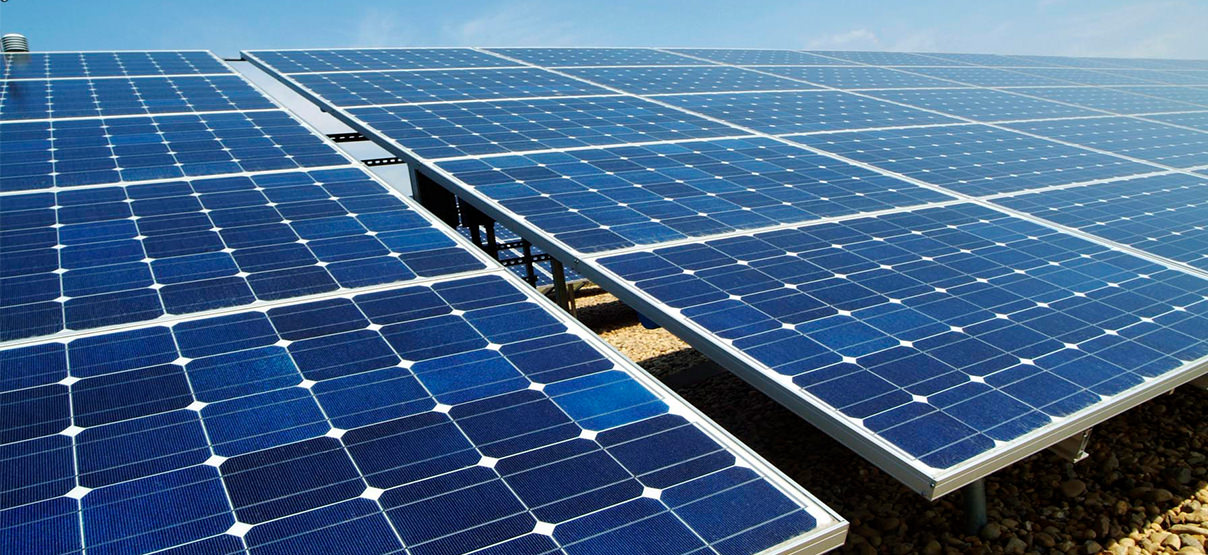
Renewable and distributed energy are beginning to play a significant role in the U.S. energy supply due to policy changes by various state regulatory bodies and the Environmental Protection Agency (EPA). For example, California has committed to using renewable resources for 50% of its generation capacity (mostly solar) by 2030. Illinois lawmakers have passed the Future Energy Jobs Act (FEJA) which provides support for the development of utility-scale and distributed solar generation facilities, as well as community solar programs. FEJA has a renewable resource budget with a target of 2,700 MW of solar by 2030. Many other states have passed energy policies to support renewable generation, including Colorado and Minnesota, which are leading policy-making efforts for community solar programs. On a national level, the Clean Policy Plan (CPP) will provide strong support for renewable and distributed generation.
While new state and federal policies are paving the way for solar generation and other renewables, there are several other trends that are making solar a financially viable energy solution. Large industrial energy users once viewed solar as an energy source that did not make economic sense despite heavy subsidies. This viewpoint is now changing mainly due to several game-changing trends that have propelled solar closer to the point where subsidies will no longer be needed. Some of these trends include the following:
Price and Efficiency of Photovoltaic (PV) Modules: The cost of PV modules has fallen from $2.50 per watt (DC) in 2010 to $0.35 in 2017 based on a recent National Renewable Energy Laboratory (NREL) study. This significant reduction in module cost is the result of two components. First, the price of a PV module has been reduced due to the intense competition in the industry which has driven manufacturers to optimize designs, improve manufacturing technology, and improve material usage. Secondly, the efficiency of modules has increased, which reduces the number of modules needed to produce the desired output.
Inverter Technology Advances: Inverter manufacturers have improved designs to increase conversion efficiency from 95% in 2010 to 99% in 2017. The gains in efficiency are the result of moving to a 3-level neutral point switching (NSP) design. This design reduces cooling requirements and losses from semiconductor switching involved in the DC to AC conversion process. At the same time, inverter prices have decreased from $0.19 in 2010 to $0.06 in 2017.
Energy Storage: Solar facilities are considering energy storage options such as large-scale battery systems to provide flexibility in dispatch, thus improving customer service and timing markets. Energy storage systems are in the early stages of market development, and recent trends indicate technology and manufacturing improvements will significantly reduce costs in the near future.
Continuation of ITC: A 30% investment tax credit (ITC) has been available to solar developers since 2006. The purpose of the ITC was to support the solar industry and drive technology to the point where the industry was economically viable without subsidies. Currently, solar projects are cost competitive with other energy sources without ITC. Thus, the ITC makes solar even more attractive from a financial perspective.
Overall, the solar industry has come a long way in the last 10 years. Solar developers are taking a fresh look at new projects, as well as re-evaluating past projects based on more competitively priced hardware components and gains in product efficiencies. Projects that did not make sense 10 years ago may have attractive financial returns today. Based on estimates from the U.S. Energy Information Administration (EIA), renewable resources (excluding hydro) represented 7% of total energy consumed. Based on the current trajectory, this number is expected to grow to 14% by 2025.






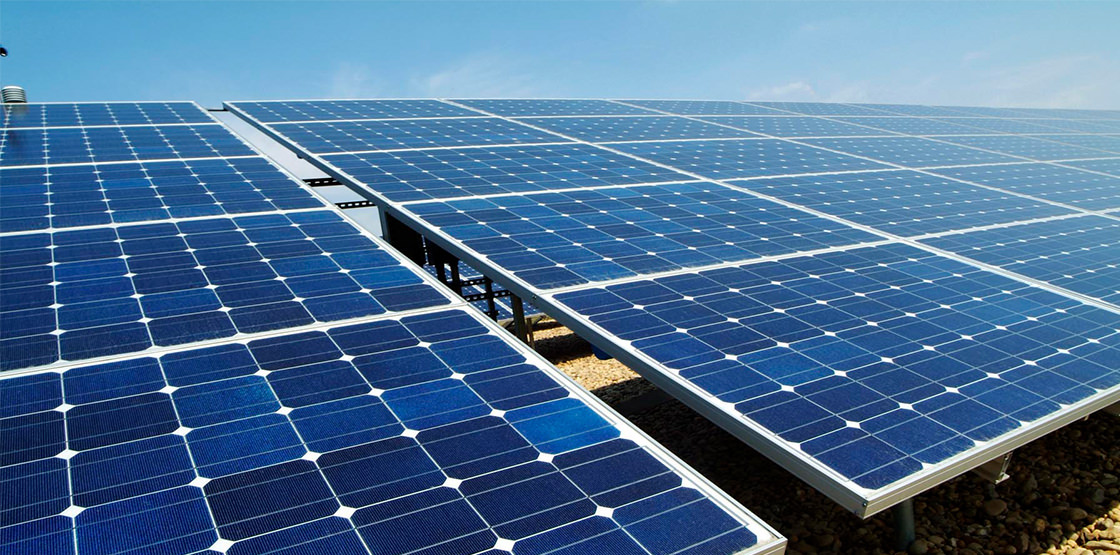
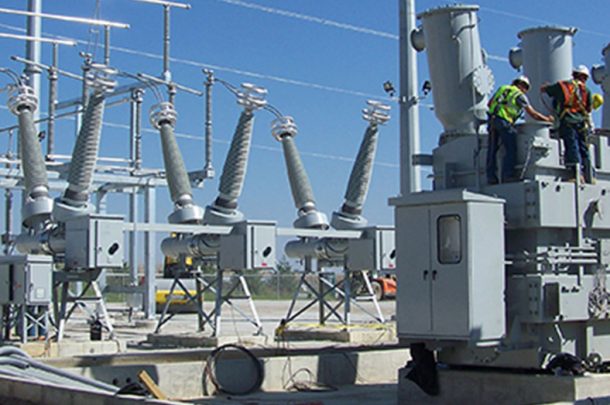
 Technological Advances in Substation Protection and Controls
Technological Advances in Substation Protection and Controls 

